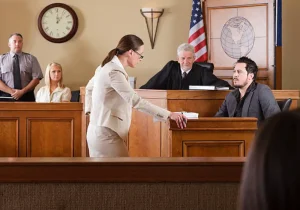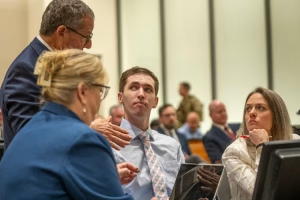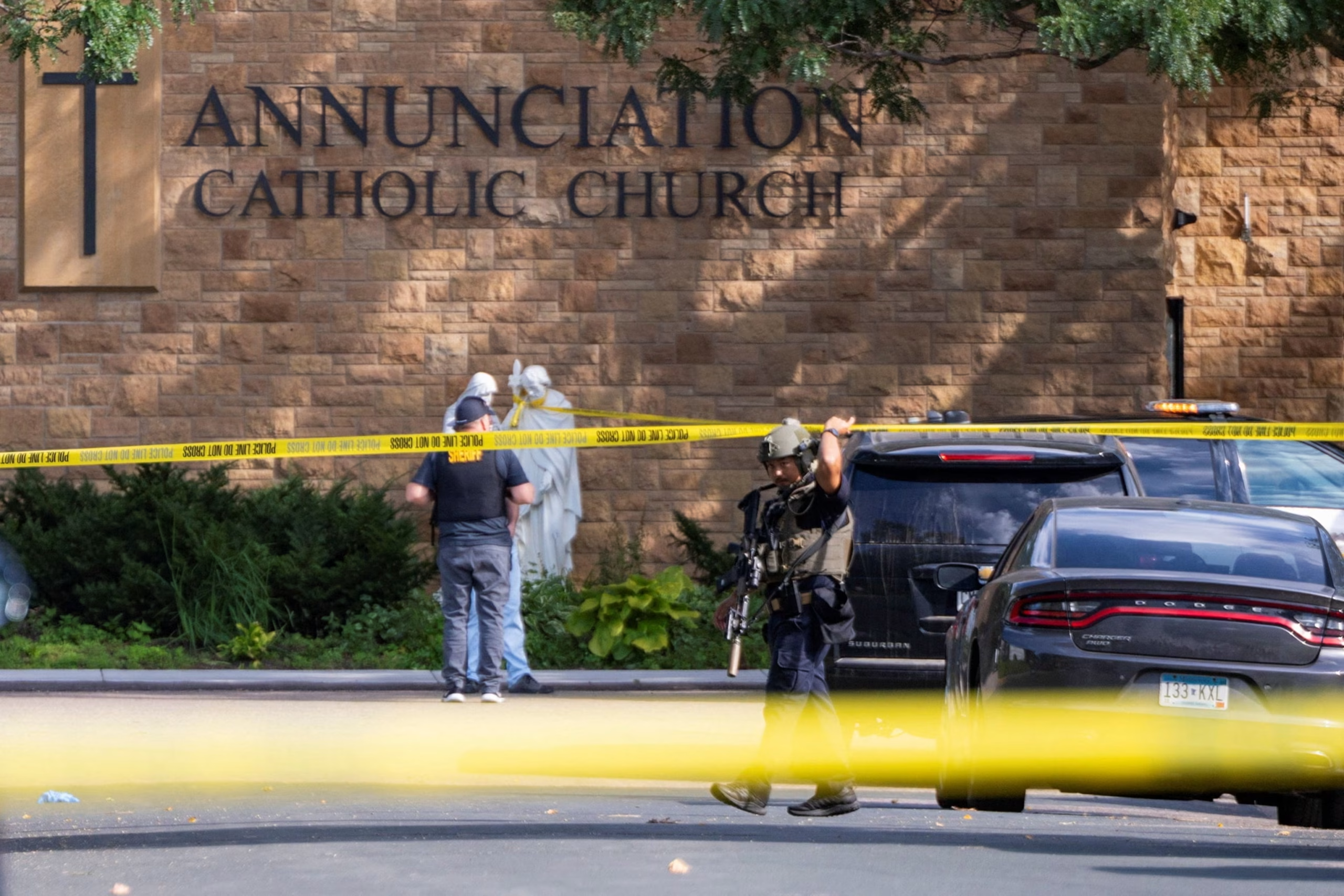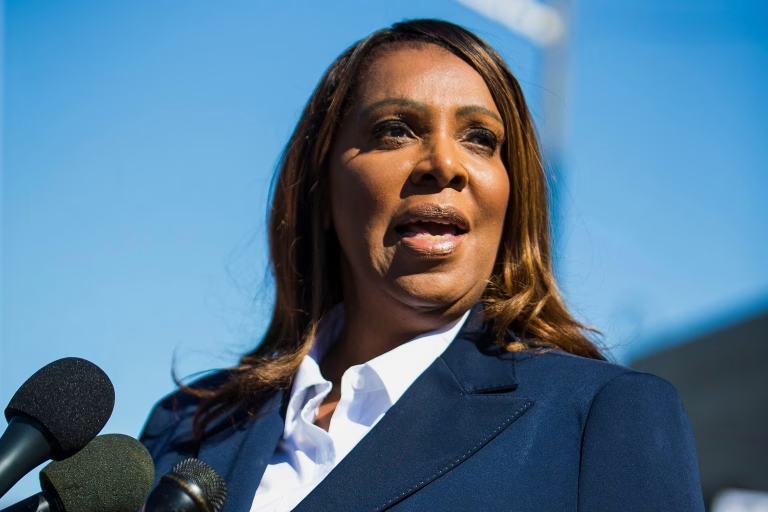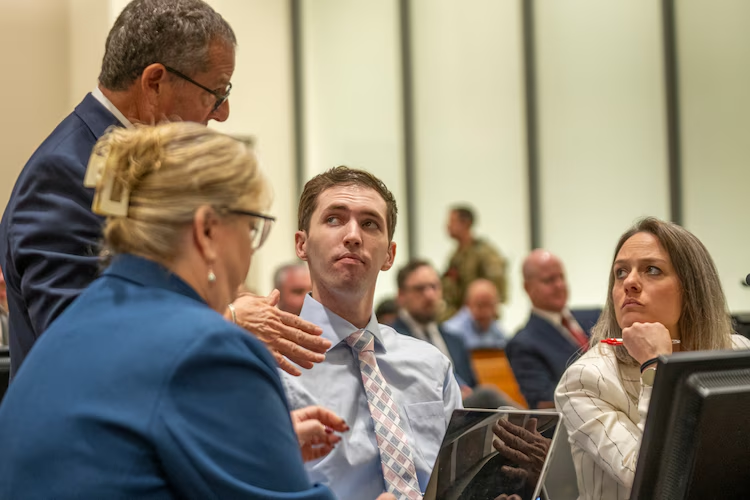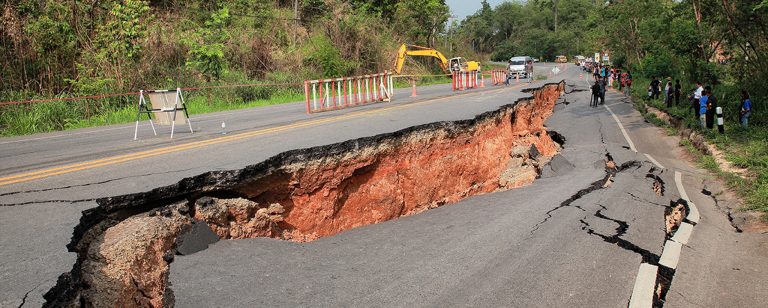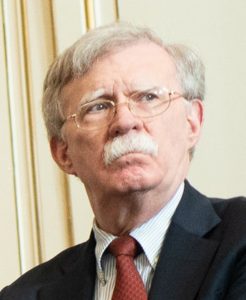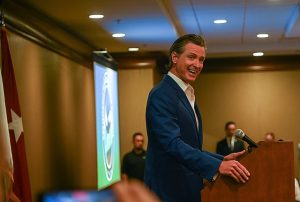Minneapolis awoke on Wednesday to an event that few could have imagined, a tragedy that has left families broken, a community in shock, and the nation once again asking questions it has asked too many times before.
In the early morning hours, the ordinary rhythms of a school day were shattered. A familiar place of learning and faith became the scene of chaos, heartbreak, and grief. Within minutes, lives were lost, others forever changed, and a city plunged into mourning.
The suspected attacker, later identified as 23-year-old Robin Westman, carried with them more than just weapons. They carried the weight of a manifesto—written words that reveal troubling thoughts, deep contradictions, and a struggle with identity and emotion. In these writings, which surfaced in a now-deleted YouTube video, Westman described their clothing, their discomfort with themselves, and even their conflicted relationship with family and friends. One haunting line suggested that they wanted to choose an outfit specifically for the attack, a detail that has since disturbed many who have read excerpts.
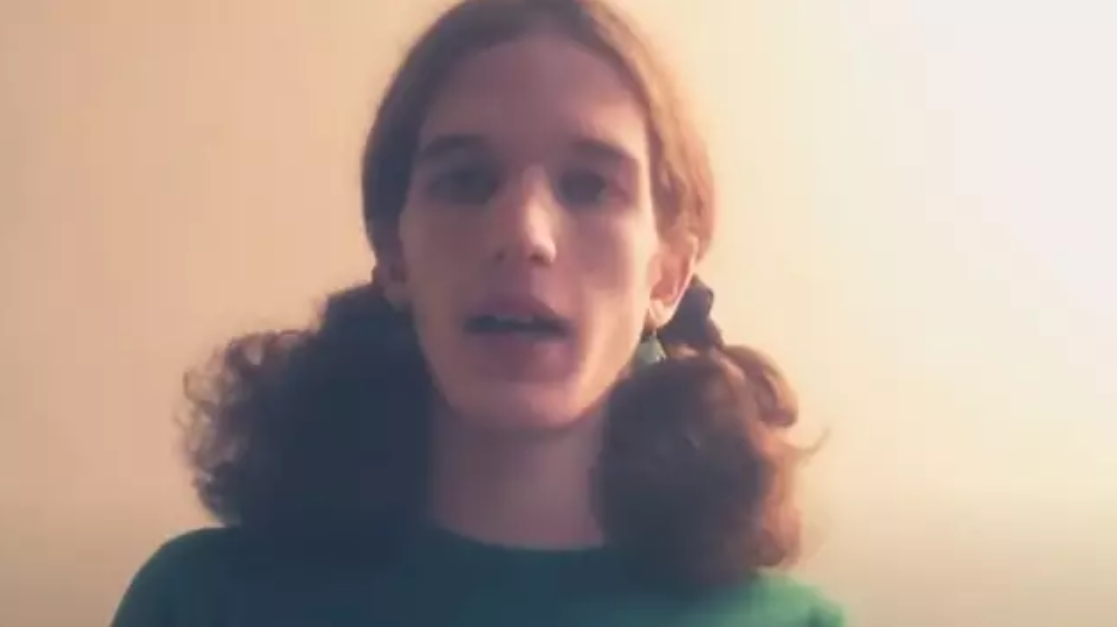
The manifesto begins with an apology, though one that provides little comfort. “I don’t expect forgiveness,” Westman wrote. “But to my family and those close to me, I do apologize for the effects my actions will have on your lives.” That note of resignation is one of many passages raising questions about what led to this violent decision.
Police Chief Brian O’Hara later confirmed that Westman died from a self-inflicted gunshot wound, bringing a grim end to an already devastating morning. Officials reported that two children, just eight and ten years old, were killed. Seventeen others, many of them classmates, were injured. What should have been a week of fresh starts for children and teachers instead became a week of funerals, vigils, and unanswered questions.
The broader community is reeling. Outside Annunciation Catholic Church, where the shooting unfolded, flowers and stuffed animals have begun to pile up. Parents who only days ago dropped their children off with excitement and optimism now gather in grief. “We send them to school to learn, not to die,” one mother said tearfully, holding her daughter close.
National leaders quickly responded. President Donald Trump said he had been fully briefed, adding that the FBI was already on the scene. “Please join me in praying for everyone involved,” he wrote on Truth Social. Minnesota Governor Tim Walz echoed the sentiment, saying, “I’m praying for our kids and teachers whose first week of school was marred by this horrific act of violence.”
The tragedy has reignited urgent conversations about mental health, access to weapons, and the warning signs often missed before acts of mass violence. Experts point out that the existence of a manifesto is not uncommon in such cases, yet the personal tone of Westman’s writings—focused on appearance, identity, and an almost obsessive self-hatred—adds a new layer to the debate.
Schools across Minneapolis have since increased security, while counseling services are being offered to students and families. Religious leaders have opened their doors for vigils and prayer circles, giving people a space to mourn together. “In times like these, the only thing we can do is hold on to one another,” said Father Michael Donovan, speaking outside the church where the tragedy began.
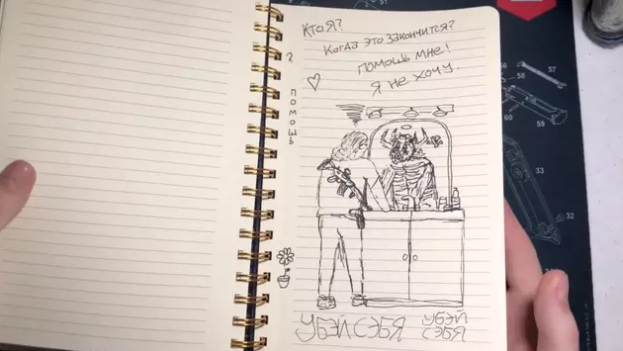
But grief alone cannot answer the lingering questions. What drove a former student back to a place that once shaped their youth? Why were the warnings missed? Could anything have stopped this? These are the questions community members are left to wrestle with as they search for meaning in the aftermath.
Even in the face of devastation, signs of resilience are emerging. Students have written letters to the families of the victims. Teachers, despite their own fear and trauma, have pledged to return to the classroom. And neighbors who had never spoken to each other before are now joining in solidarity, bringing meals, offering rides, and reminding one another that no one is alone in this grief.
What happened on that late August morning will remain etched in the memory of Minneapolis for years to come. The pain is fresh, the sorrow overwhelming, and the answers incomplete. But as the city gathers to mourn, there is also a determination not to let tragedy define the future.
For the families who lost children, no words will ever be enough. For those who survived, the road to healing will be long. For the nation watching from afar, the message is clear: the cost of inaction is measured in young lives, lost too soon.
On this unthinkable day in August, Minneapolis learned again what too many communities already know. The aftermath is not just statistics and headlines—it is empty desks, broken hearts, and a city searching for light in the darkest of moments.
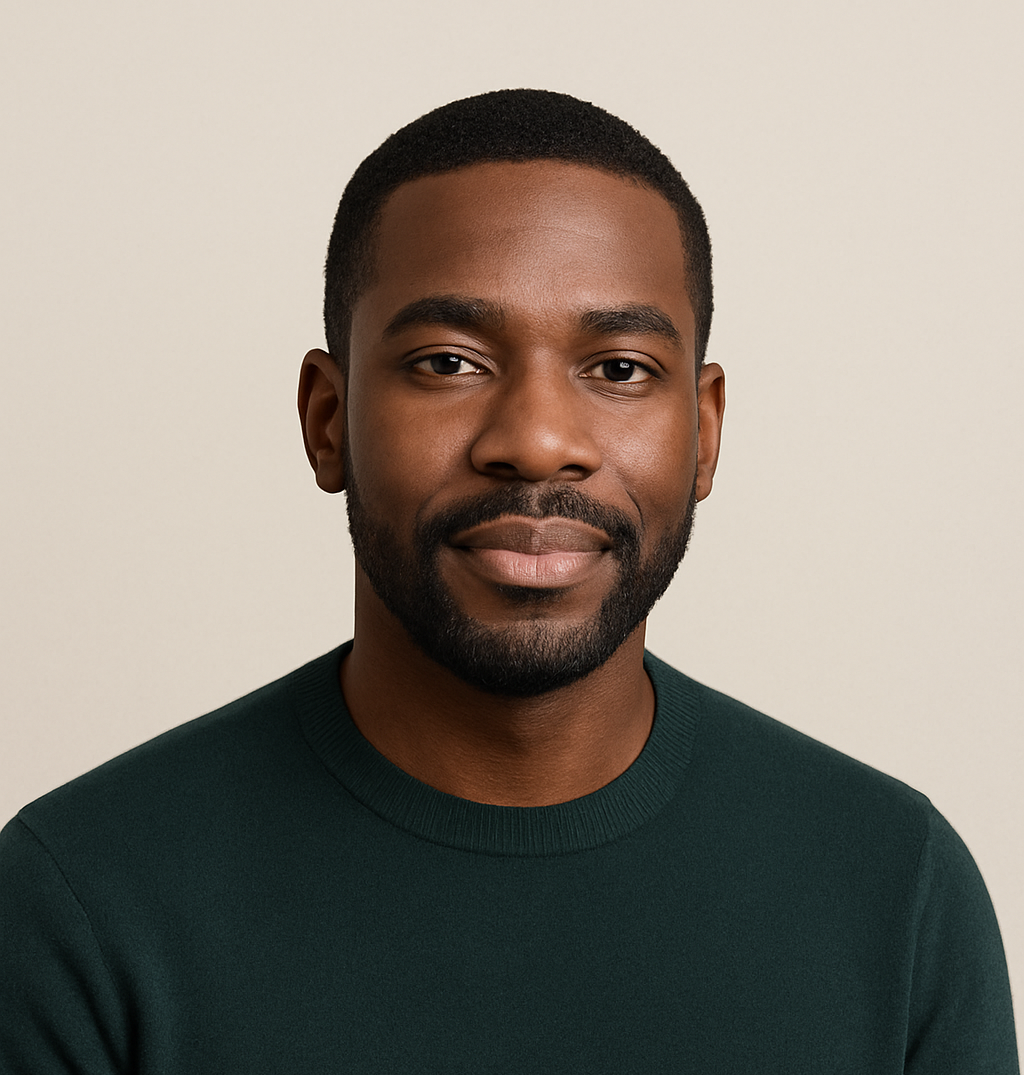
James Jenkins is a celebrated Pulitzer Prize-winning author whose work has reshaped the way readers think about social justice and human rights in America. Raised in Atlanta, Georgia, James grew up in a community that instilled in him both resilience and a strong sense of responsibility toward others. After studying political science and creative writing at Howard University, he worked as a journalist covering civil rights issues before dedicating himself fully to fiction. His novels are known for their sharp, empathetic portraits of marginalized communities and for weaving personal stories with broader political realities. Jenkins’s breakout novel, Shadows of Freedom, won national acclaim for its unflinching look at systemic inequality, while his more recent works explore themes of identity, resilience, and the fight for dignity in the face of oppression. Beyond his novels, James is an active public speaker, lecturing at universities and participating in nonprofit initiatives that support literacy and community empowerment. He believes that storytelling is a way to preserve history and inspire change. When not writing, James enjoys jazz music, mentoring young writers, and traveling with his family to explore cultures and stories around the world.


